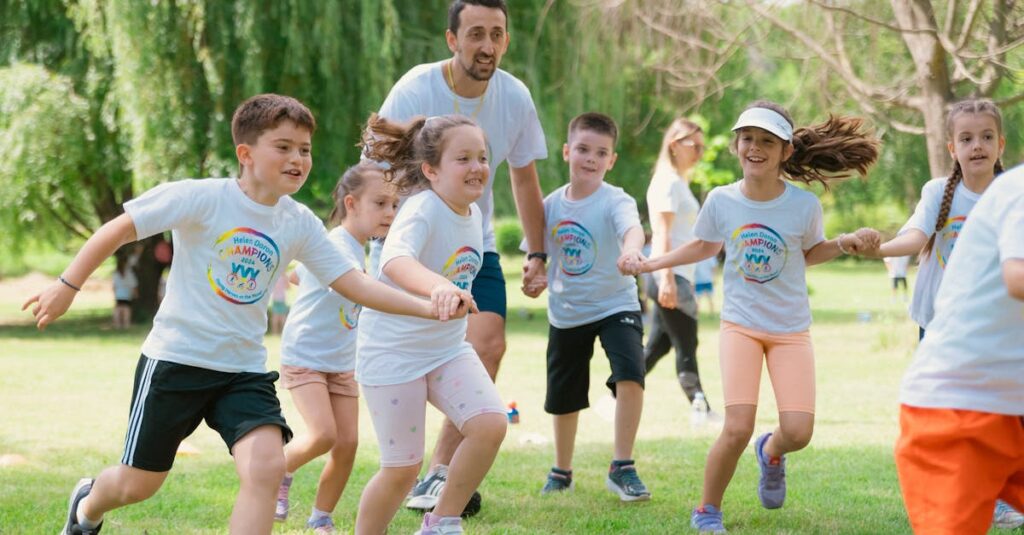Understanding the Need for Outdoor Play
Outdoor play is essential for your pre-schooler’s development. Fresh air, physical activity, and exploration are all part of growing up. It’s not just about fun; it’s about learning. From climbing trees to riding bikes, these activities help build motor skills and confidence. But how do we get kids outside when screens are so tempting? Let’s find out!
Setting Clear and Consistent Limits
Establishing clear, consistent boundaries is key to encouraging outdoor play. Explain the rules simply: ‘We play outside after breakfast.’ Stick to the plan, but be flexible. Rainy day? Indoor obstacle course! Communicating the rules builds trust and sets expectations.
Consistency doesn’t have to be rigid. Mix it up with different outdoor activities to keep things exciting.
Encouraging Independence with Safety
Encouraging independence while ensuring safety is a balancing act. Allow your child to explore, yet keep an eye on them. Yes, you can climb, but stay where I can see you. This way, they learn to trust their instincts without feeling restricted. Share your own childhood adventures to motivate them, maybe even join in the play. Who said parents can’t have fun too?
Remember, fostering independence in a safe environment helps children develop crucial life skills while building their confidence and self-reliance. Striking a balance between freedom and protection is key to nurturing a healthy sense of autonomy.
Balancing Screen Time and Outdoor Time
Balancing screen time and outdoor play is tough but doable. Set rules for screen usage: ‘No tablets until after outdoor play.’ Use a timer if needed. Make outdoor play memorable—organize scavenger hunts or nature walks. Lead by example—show them that you enjoy being outside too. Kids mimic what they see.
Managing Common Emotional Challenges
Emotional challenges are common, but manageable. Kids might feel scared or reluctant about outdoor play. Validate their feelings: ‘I know new things can be scary, but you’re brave.’ Encourage them gently. Celebrate small victories, like the first time they climb a tree. Share your own fears and how you overcame them. It builds a connection and gives them courage.
Creating a Supportive Play Environment
Creating a supportive play environment matters. Ensure your yard is safe and inviting. Rotate toys to keep it fresh. Invite neighborhood kids for playdates. A friendly environment encourages exploration. Get involved—host mini sports games or storytime under a tree. It makes outdoor play more appealing and builds a community.

